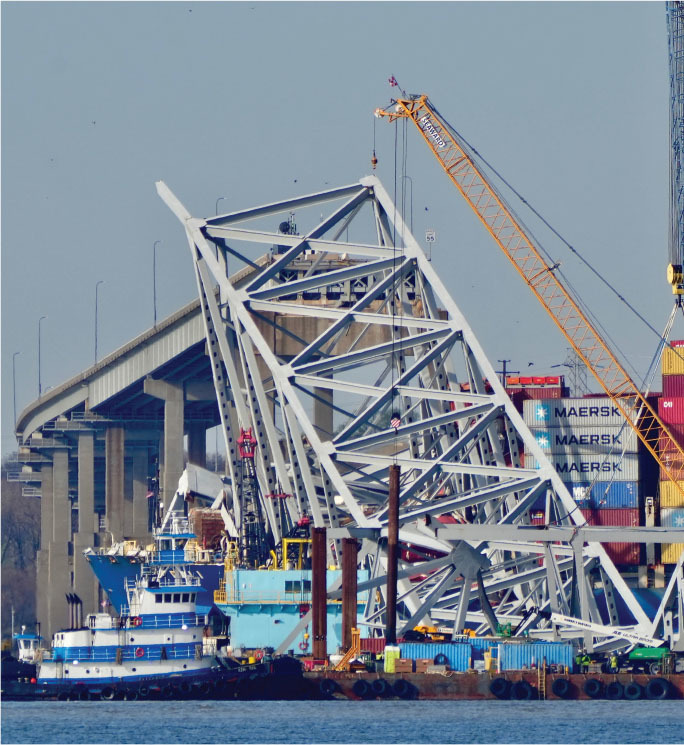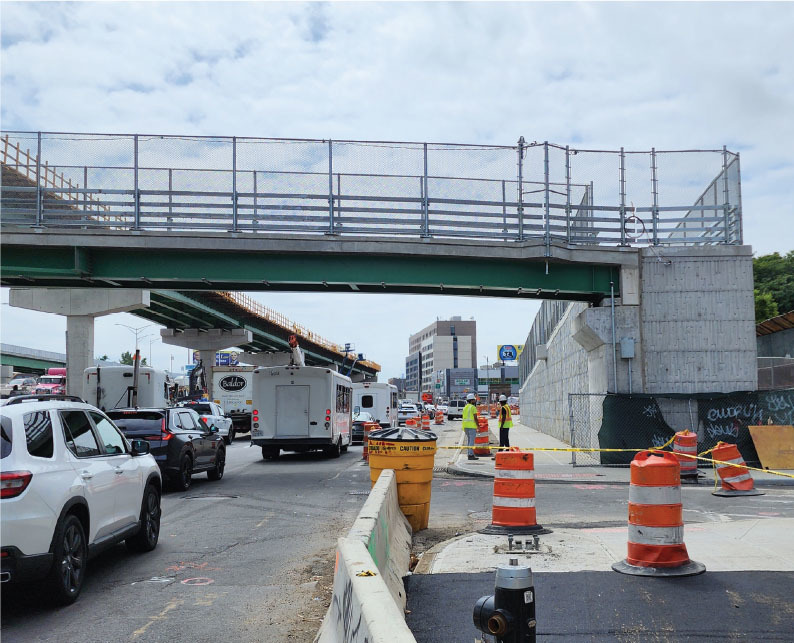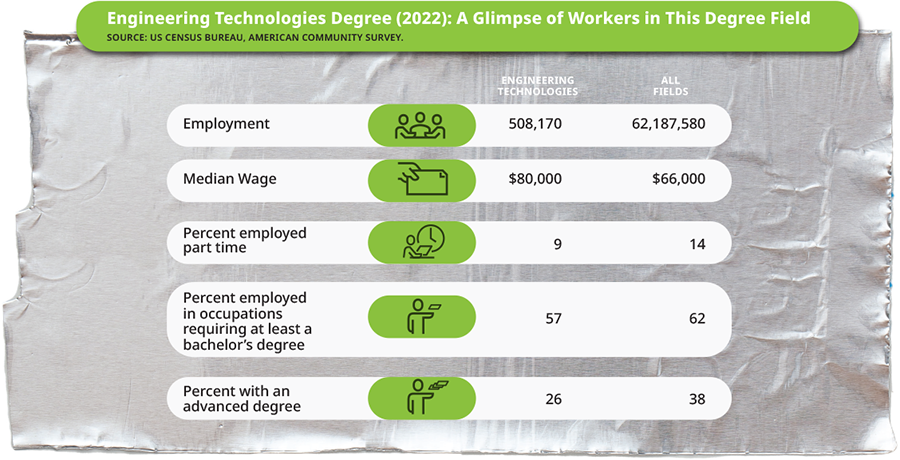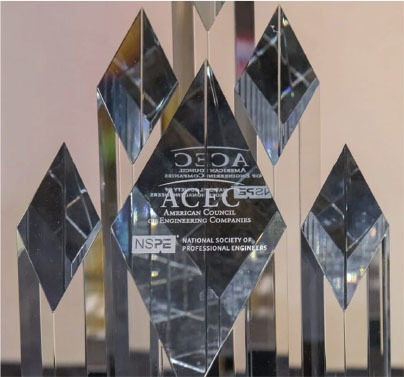September/October 2017
PE Report
Summit Brings Global Attention to ‘Grand Challenges’

STUDENTS FROM AROUND THE WORLD TRIED OUT THE LOCKHEED MARTIN F35 FLIGHT SIMULATOR AT THE 2017 GRAND GLOBAL CHALLENGES SUMMIT IN WASHINGTON, DC.
Engineering leaders from the US, the United Kingdom, and China met in Washington, DC, in July to draw attention to the world’s biggest engineering challenges and inspire solutions.
Climate change, women in engineering, and new advances in virtual reality technology were all hot topics at this year’s Global Grand Challenges Summit. The event hosted engineers, policy makers, and students, who came together July 18–20 to tackle some of the toughest global challenges. The summit was the third time the National Academy of Engineering, the UK Royal Academy of Engineering, and the Chinese Academy of Engineering met to brainstorm and collaborate.
“The goal of this 2017 summit is to inspire the next generation of engineers, policy makers, and the public to address critically important engineering challenges and opportunities facing humanity. It will take more than just this generation to address these challenges,” said National Academy of Engineering Chair Gordon England.
This year’s event focused on six themes: sustainability, health, security, joy of living, education, and public engagement. Topics included virtual reality and artificial intelligence, engineering and health care, climate change, and reverse engineering the brain.
“Challenges are equal to opportunities. The growing challenges are equal to growing opportunities. Once we are engaged, solutions to these challenges can be found, and must be created and implemented. That’s why engineers will always play a leading role,” said keynote speaker Deng Zhonghan, of the Chinese Academy of Engineering.
The summit included speakers from around the world, a brainstorming session for participants, technology trials, and the inaugural FIRST Global Challenge, an international robotics competition. This was the first summit to coincide with the annual competition, which will address one of the grand challenges each year. At this year’s competition, participants collaborated to create potential solutions for water scarcity and contamination.
Representatives from over 100 countries participated in the robotics competition. At the summit, there were almost 900 attendees, and over half of those attendees were students.
Jalisa Delauney, a chemical engineering student from the University of Delaware, saw the summit as a “great way to get more involved” in the problems that are currently facing the world.
“It’s awesome to see what other [engineers] are doing. It makes you more aware of what’s going on. Millennials should take this information and pass it on to future generations,” said Delauney.


 Volunteering at NSPE is a great opportunity to grow your professional network and connect with other leaders in the field.
Volunteering at NSPE is a great opportunity to grow your professional network and connect with other leaders in the field. The National Society of Professional Engineers (NSPE) encourages you to explore the resources to cast your vote on election day:
The National Society of Professional Engineers (NSPE) encourages you to explore the resources to cast your vote on election day:










